
Visualize standing on the open grasslands, camera in hand, as the sky dulls and a funnel starts to develop. This is the moment tornado chasers live for—the opportunity to grasp nature in its most formidable shape. Tornado photography blends the thrill of the chase with the art of photography, proposing a unique blend of adventure and creativity.
To successfully photograph tornadoes, a fundamental grasp of their behavior is essential. Comprehending where and when tornadoes are feasible to form allows photographers to position themselves safely and effectively. This knowledge isn’t just vital for grasping amazing pictures; it’s also essential for your safety in the volatile environments where tornadoes occur.
The unpredictability of tornadoes mandates potent and adaptable camera equipment. A DSLR or mirrorless camera with a speedy shutter pace is perfect. Lenses should range from wide-angle for expansive storm landscapes to telephoto for detailed funnel shots. Stability is key, so a sturdy tripod can be indispensable when capturing long-exposure scenes as storms develop.
Safety cannot be overstressed. Before heading out:
Confirm you’re prepared with a well-planned route, a dependable vehicle, and communication devices.
Stay instructed with real-time weather updates.
Always keep a safe distance from the tornado, and have an escape route planned for immediate evacuation if the storm switches paths.


Timing Your Shots
Capturing the perfect tornado image often boils down to timing. The moments before and during a tornado’s formation are critical. Watch for signs like rotating clouds and sudden calm; these can precede the tornado’s appearance. Being inclined at the correct moment can make the distinction between a pleasing picture and a stunning one.
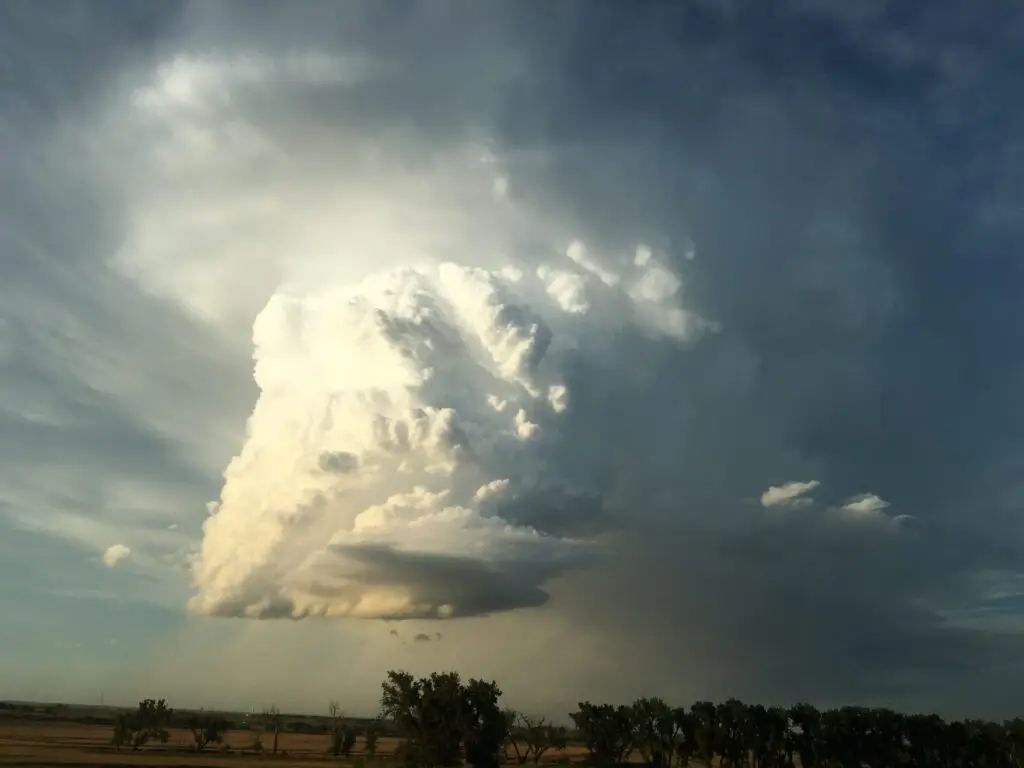
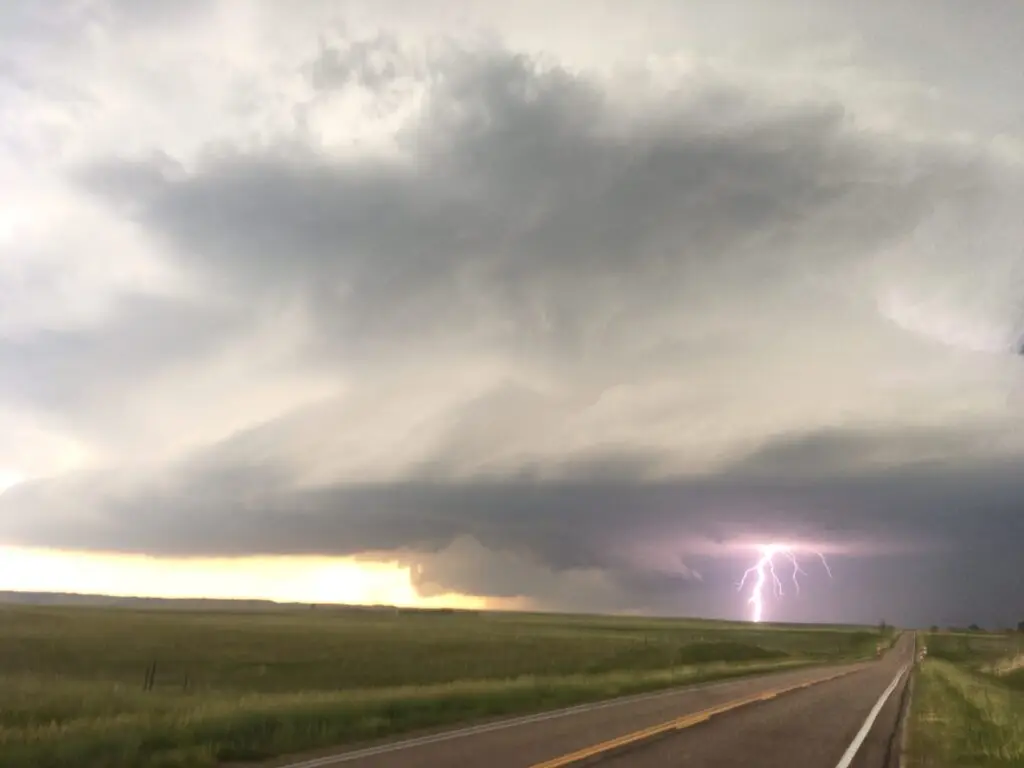
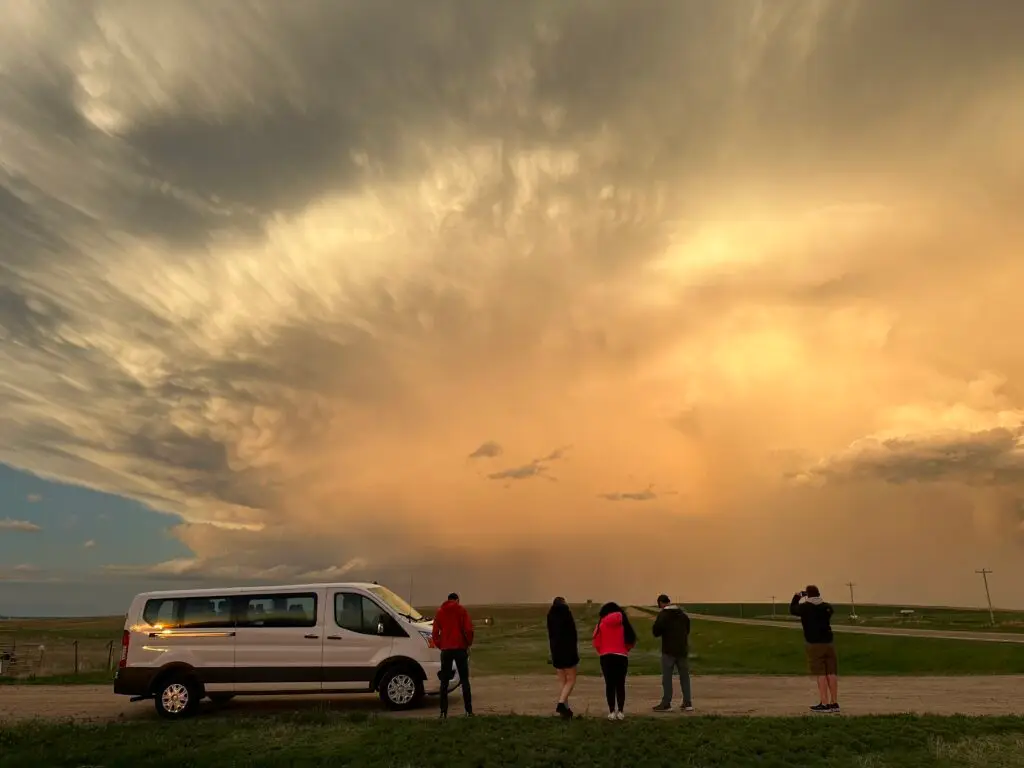
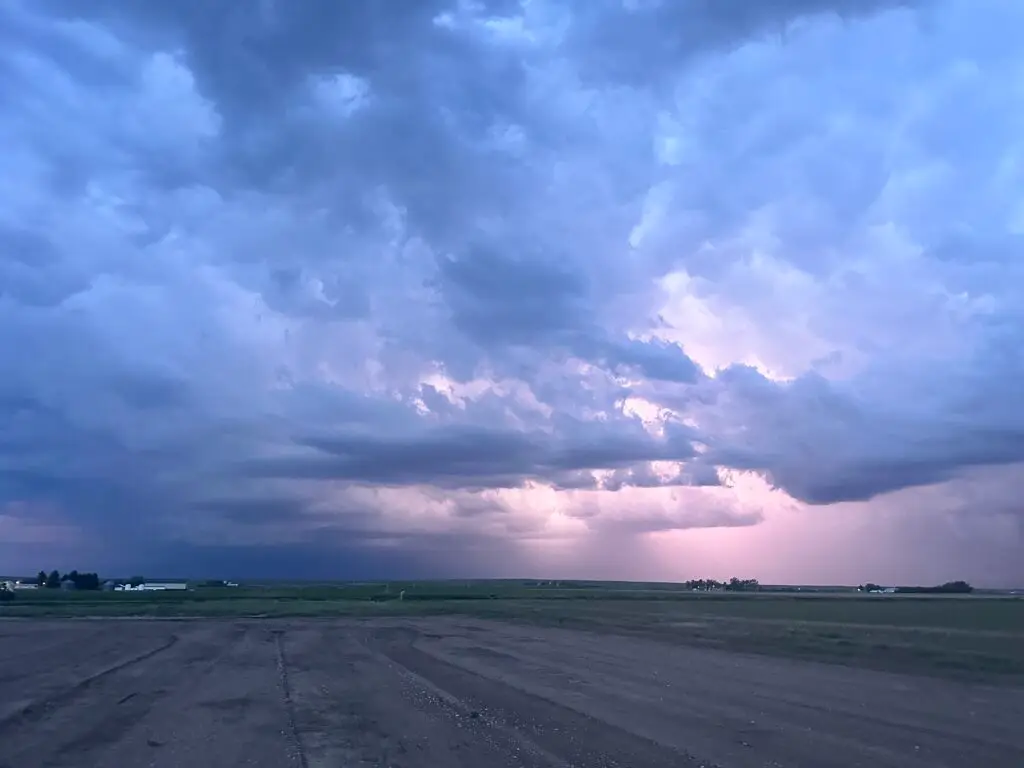
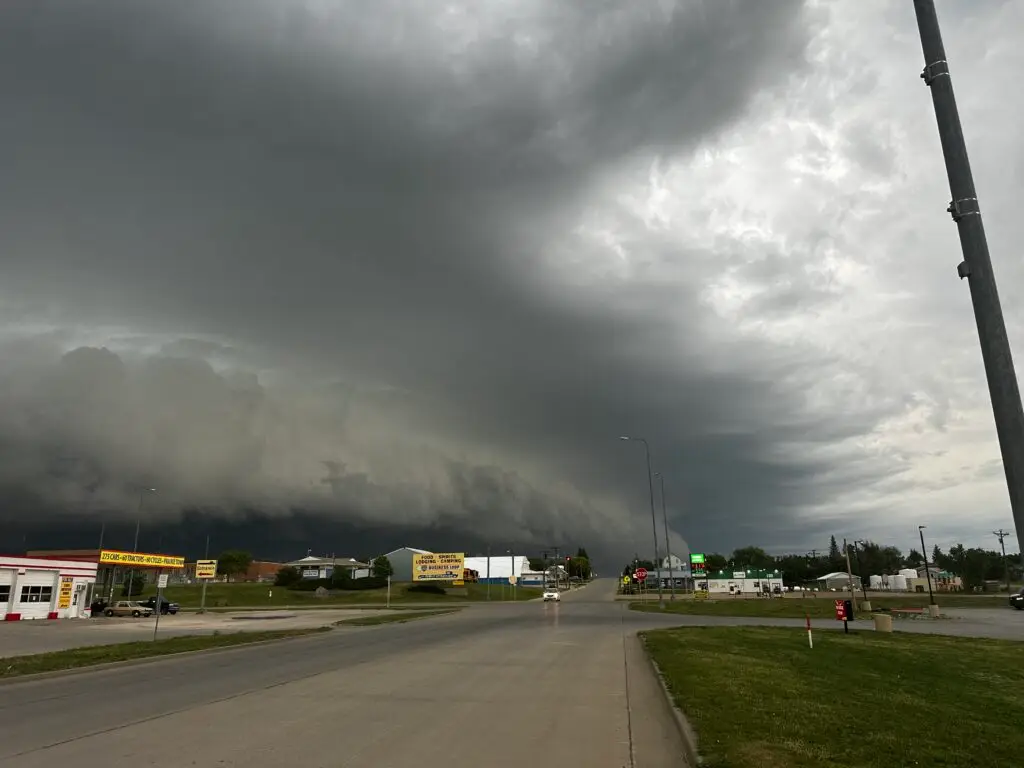
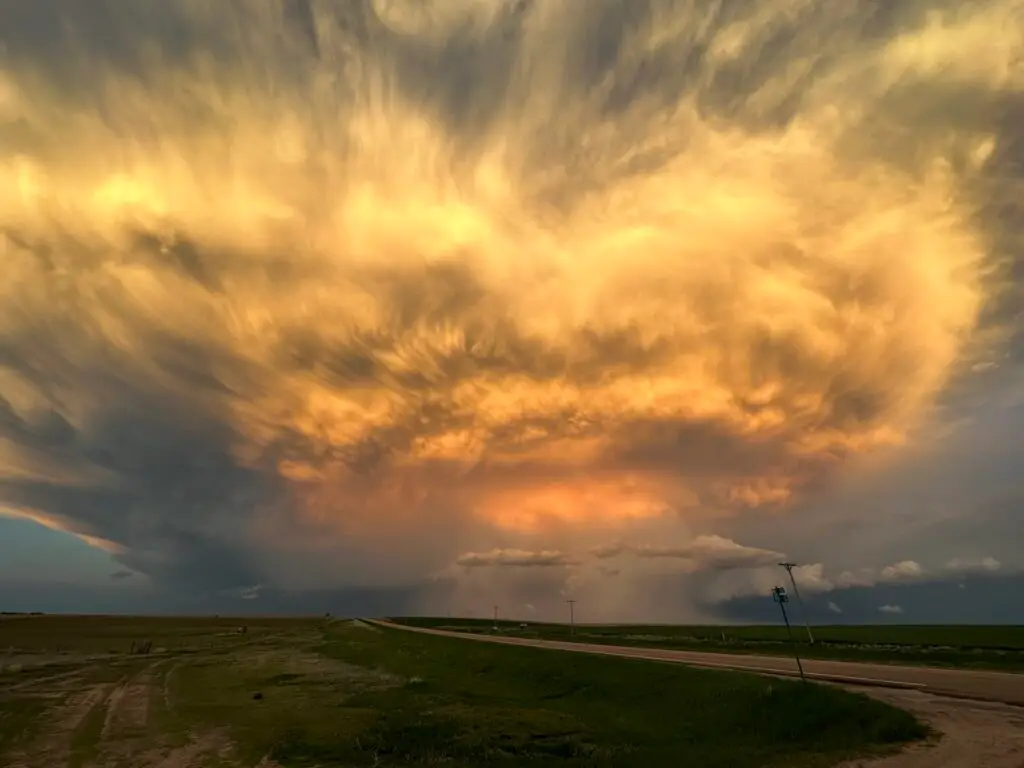

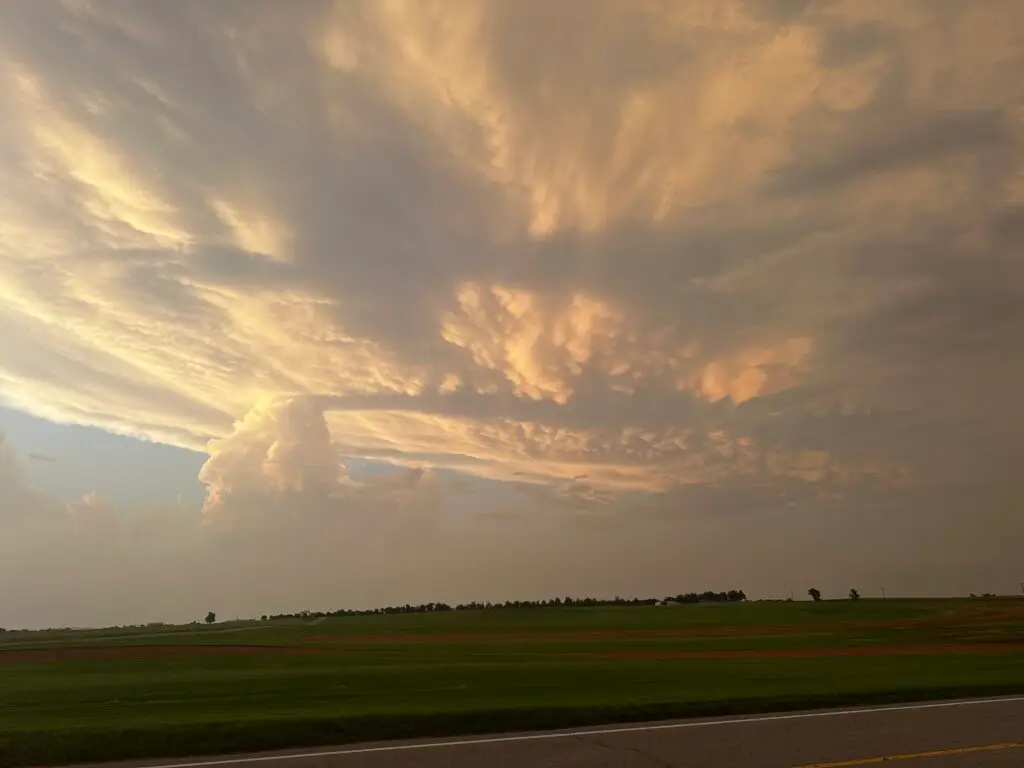
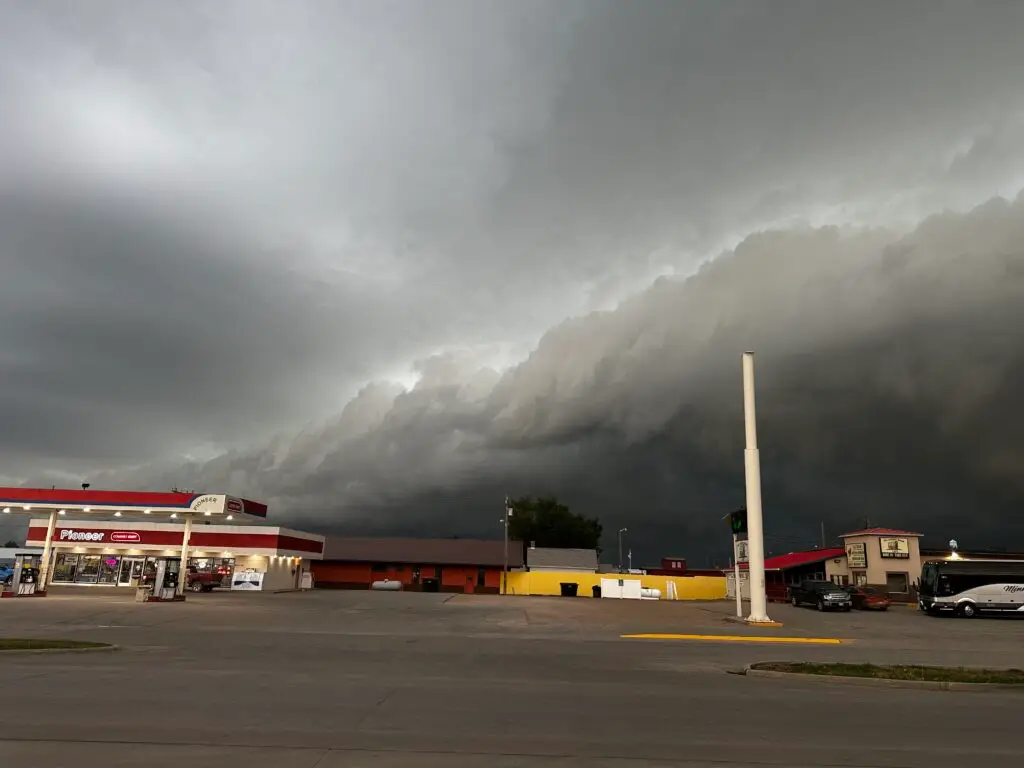
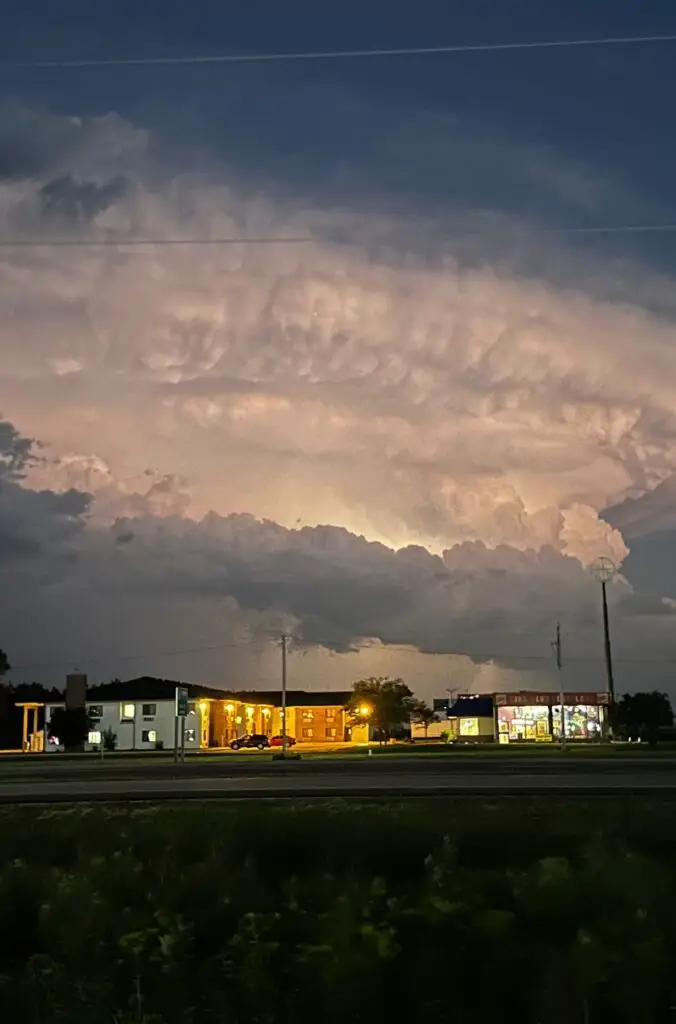

Composition Techniques in Storm Photography
Composition in tornado photography can dramatically affect the impact of your shots. Use the rule of thirds to position the tornado within the frame for balance. Include elements like damaged structures or striking cloud formations to give context to the size and power of the tornado.
After the chase, post-processing can improve your captures, fetching out details and shades that may not have been observable in the raw footage. Use editing software to alter contrast, sharpness, and saturation to reflect the scene’s intensity as you experience it.
Sharing your pictures with a society of storm chasers and photographers can be immensely rewarding. Feedback will help you refine your strategies, and noticing others’ work can illuminate new techniques and strategies for your successive chase.
Conclusion
For those fresh to storm hunting or striving to refine their skills, joining a professional tornado tour is an ideal option. At Storm Chasing Tours, we deliver guided experiences that emphasize safety and propose comprehensive educational opportunities. Our tours are perfect for both novice and seasoned photographers eager to capture the awe-inspiring beauty of tornadoes with expert guidance and support. Join us to transform your passion for storm photography into unforgettable, breathtaking captures.
FAQs
How do I capture the perfect tornado photograph on a storm chasing tour?
You’ll need a mix of timing, preparation, and creativity. Stay alert for signs of formation, use solid composition techniques like the rule of thirds, and frame dramatic skies or nearby objects to show scale. Our guided tours help position you in the right place at the right time, safely, so you’re ready when the moment strikes.
What are the best camera settings for photographing tornadoes during the tour?
You’ll want to use fast shutter speeds (1/500s or faster) to freeze motion, or long exposures to capture lightning and cloud movement. Shoot in RAW for better post-processing flexibility. Apertures between f/5.6–f/8 are ideal for depth and sharpness, and ISO should be adjusted to lighting conditions to minimize grain.
Can I bring my own camera equipment for storm chasing tours?
Absolutely! You’re encouraged to bring your own gear, whether it’s a DSLR, mirrorless camera, or action cam. Bring wide-angle and telephoto lenses, a sturdy tripod, and plenty of memory cards and batteries to keep shooting on the go.
What tips do you offer for taking great tornado pictures?
You’ll get the best results by anticipating the storm’s behavior, shooting from a safe distance, and framing your shots creatively. Include foreground elements, use leading lines, and stay patient. Post-processing can also enhance contrast and color to bring out the storm’s raw power.
Can your guides help with photography during a storm chasing tour?
Yes! Our experienced guides are happy to assist with photography tips and positioning. Whether you’re a beginner or a pro, they’ll help you safely get the shots you’re chasing, while keeping an eye on weather patterns and escape routes.
What are the best tornado photography tips for storm tours?
Storm Chasing Tours shares tornado photography tips for storm tours in the USA to help capture dramatic weather moments safely.
What is the best camera gear for storm chasing?
The best camera gear for storm chasing in the USA includes wide-angle lenses and tripods, recommended by Storm Chasing Tours.
How can beginners capture tornado photos effectively?
Storm Chasing Tours teaches tornado photo techniques for beginners across the USA, including safety and framing tips.
Can guides help with photography during a storm chasing tour?
Yes, Storm Chasing Tours guides provide photography support on storm chasing tours across the USA.
What advanced tips help capture tornadoes during tours?
Advanced tornado photography tips from Storm Chasing Tours help enthusiasts capture the best shots in the USA.







